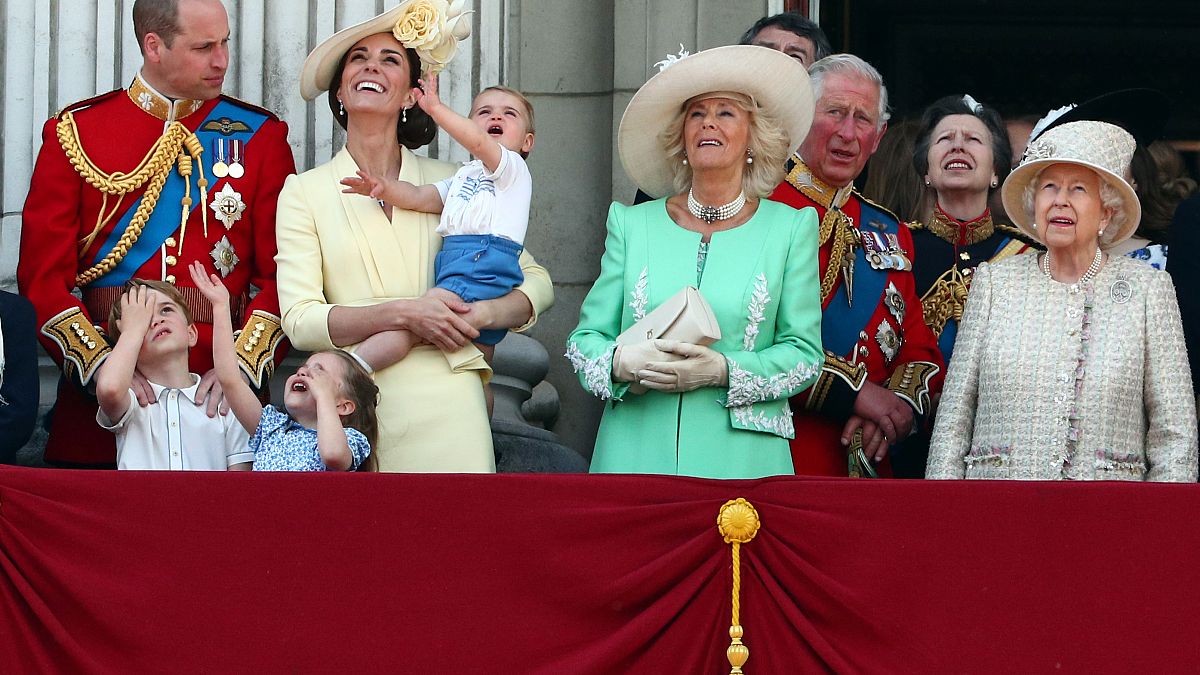The royal family's carbon emissions rose 93% due to business travel in the year ending on March 31, the latest Sovereign Grant Report has revealed.
Britain's royal family doubled its carbon emissions in the year to March because of its overseas visits, the Sovereign Grant Report revealed on Tuesday.
"Emissions — largely from business travel — increased by 93% during the year, due to higher usage of chartered large fixed wing aircraft for foreign business travel and there were five such overseas visits in 2018-2019 compared to just one in 2017-2018," the report states.
Three of those trips were undertaken by Prince Charles, who visited the Caribbean, Africa, Greece and France. The Duke of Cambridge toured the Middle East while his brother and his wife, the Duke and Duchess of Sussex, visited Australia, New Zealand, Fiji and Tonga.
Excluding the trips to Australia and New Zealand, these visits — determined by the Royal Visits Committee, chaired by the Foreign Office — cost the taxpayers £947,000 (€1.06 million).
Yet despite the 93% increase in carbon emissions, the royal family's total greenhouse gas emissions rose by only 3% overall.
That's due to a 24% reduction in energy use for heating and lighting driven by "in-year initiatives, including the replacement of life-expired boilers with modern efficient boilers in various properties across the Estate and the continued roll-out of LED lighting" as well as "the impact of a milder winter than the previous year."
The Crown Estate is one of the largest property managers in the UK, controlling an important property portfolio in central London — it owns the entire Regent Street — as well as over 790,000 hectares of agricultural land and forest.
Profits from the Crown Estate are paid to the country's Treasury, which then hands the Queen a Sovereign Grant. This Grant is calculated based on the net surplus from two years previous and was increased in the financial year 2017-2018 from 15% to 25% to fund extensive renovations at Buckingham Palace over a period of 10 years.
As the Crown Estate's net surplus for the 2016-2017 financial year amounted to £328.8 million (€368.41 million), the Sovereign Grant for 2018-2019 stood at £82.2 million (€92.10 million).
The Report also revealed that the refurbishment of Frogmore Cottage, the official residence of the Duke and Duchess of Sussex, cost the taxpayers £2.4 million (€2.7 million).
"The scheme consisted of the reconfiguration and full refurbishment of five residential units in poor condition," the report says.
